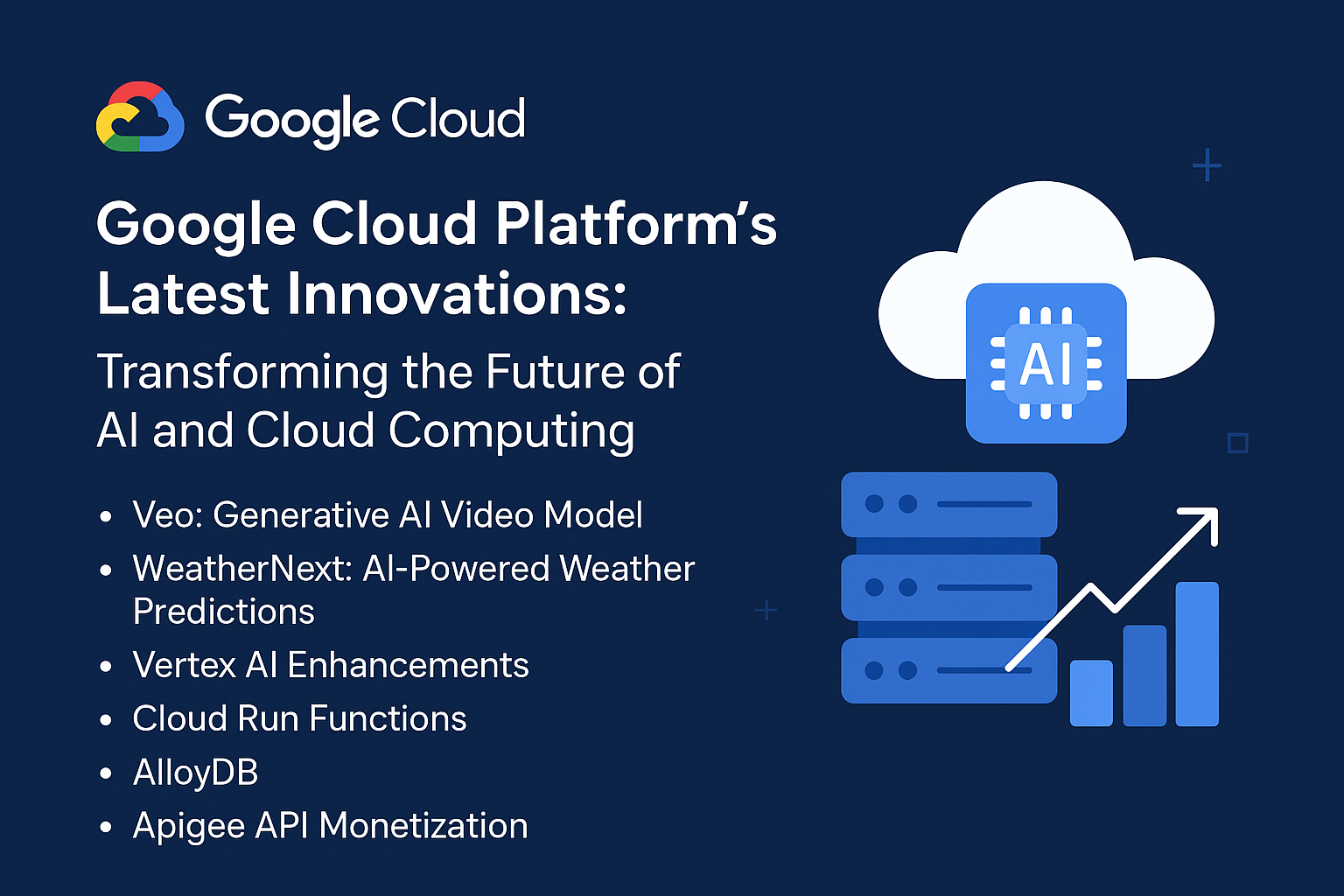Table of Contents:
- Introduction to Big Data and Its Role in Enterprises
- How Big Data Is Impacting Decision-Making in Enterprises
- 2.1 Data-Driven Decision-Making
- 2.2 Real-Time Decision-Making
- 2.3 Predictive Analytics and Forecasting
- Key Technologies Driving Big Data in Enterprises
- 3.1 Cloud Computing
- 3.2 Artificial Intelligence & Machine Learning
- 3.3 Internet of Things (IoT)
- Benefits of Big Data in Business Decision-Making
- 4.1 Increased Efficiency and Cost Reduction
- 4.2 Enhanced Customer Insights
- 4.3 Competitive Advantage
- Challenges in Implementing Big Data in Decision-Making
- 5.1 Data Privacy and Security Concerns
- 5.2 Data Quality and Integration Issues
- 5.3 Skill Gap and Talent Shortage
- Case Studies of Big Data Transforming Decision-Making
- 6.1 Retail Industry: Walmart
- 6.2 Healthcare: Mayo Clinic
- 6.3 Finance: JPMorgan Chase
- Future of Big Data in Business Decision-Making
- Conclusion
1. Introduction to Big Data and Its Role in Enterprises
Big Data refers to extremely large datasets that are analyzed computationally to reveal patterns, trends, and associations. For businesses, Big Data is about collecting and analyzing vast amounts of information from multiple sources, including customer data, financial reports, social media, and more. This data-driven approach enables businesses to improve their decision-making process, increase operational efficiency, and gain competitive advantages.
- Resource: What is Big Data? – IBM
2. How Big Data Is Impacting Decision-Making in Enterprises
2.1 Data-Driven Decision-Making
In traditional decision-making, managers rely on intuition and experience. However, with Big Data, decisions are based on detailed, real-time data that provides deeper insights and actionable intelligence. Enterprises can use advanced analytics to make more informed and objective decisions, reducing uncertainty and risk.
2.2 Real-Time Decision-Making
With the power of Big Data, enterprises can make decisions faster and in real-time. For example, streaming analytics allow companies to analyze data as it arrives, enabling instant reactions and decisions, such as pricing adjustments or customer support actions.
2.3 Predictive Analytics and Forecasting
Predictive analytics, powered by Big Data, enables businesses to anticipate future trends and customer behaviors. This predictive capability supports strategic planning, resource allocation, and market forecasting.
- Resource: What Is Predictive Analytics? – SAS
3. Key Technologies Driving Big Data in Enterprises
3.1 Cloud Computing
Cloud computing provides businesses with the infrastructure to store and process massive volumes of data without heavy investment in physical hardware. It allows for flexible, scalable, and cost-efficient data management, which is crucial for leveraging Big Data.
3.2 Artificial Intelligence & Machine Learning
AI and machine learning algorithms play a crucial role in analyzing and interpreting Big Data. These technologies identify patterns and correlations within vast datasets, enabling automation and decision support systems for better decision-making.
3.3 Internet of Things (IoT)
IoT devices generate large volumes of real-time data that can be harnessed to optimize operations, improve customer experiences, and make data-driven decisions in sectors like manufacturing, retail, and logistics.
4. Benefits of Big Data in Business Decision-Making
4.1 Increased Efficiency and Cost Reduction
Big Data enables businesses to streamline operations, identify inefficiencies, and reduce waste. This leads to cost savings and improved operational efficiency.
4.2 Enhanced Customer Insights
By analyzing customer behavior and preferences, Big Data helps businesses to personalize their offerings, improve customer service, and target marketing campaigns more effectively.
4.3 Competitive Advantage
Enterprises that effectively use Big Data gain insights that allow them to outperform competitors. Data-driven decisions lead to more accurate market predictions, better product development, and more innovative strategies.
5. Challenges in Implementing Big Data in Decision-Making
5.1 Data Privacy and Security Concerns
With vast amounts of sensitive data being processed, enterprises must ensure they comply with regulations like GDPR and protect customer information from breaches.
- Resource: Big Data and Data Privacy – ITProPortal
5.2 Data Quality and Integration Issues
Big Data is only valuable if the data is accurate, clean, and integrated from various sources. Poor data quality or lack of integration can lead to incorrect decisions.
- Resource: Big Data Challenges – Forbes
5.3 Skill Gap and Talent Shortage
The demand for skilled data scientists and analysts is high, and many organizations struggle to find and retain the talent needed to manage and interpret Big Data effectively.
6. Case Studies of Big Data Transforming Decision-Making
6.1 Retail Industry: Walmart
Walmart uses Big Data to predict consumer demand, optimize supply chains, and personalize marketing, which leads to improved operational efficiency and customer satisfaction.
6.2 Healthcare: Mayo Clinic
Mayo Clinic leverages Big Data analytics for patient care optimization, diagnosis improvement, and personalized treatments, driving better healthcare outcomes.
6.3 Finance: JPMorgan Chase
JPMorgan Chase uses Big Data to detect fraud, improve risk management, and optimize customer financial services through predictive models and real-time analytics.
7. Future of Big Data in Business Decision-Making
The future of Big Data in decision-making is intertwined with emerging technologies like 5G, quantum computing, and advanced AI. The evolution of these technologies will unlock new capabilities, allowing businesses to make even more accurate and faster decisions.
- Resource: The Future of Big Data – Forbes
8. Conclusion
Big Data is fundamentally transforming the way enterprises make decisions. By embracing the power of data analytics, businesses are becoming more agile, customer-centric, and competitive. As new technologies continue to evolve, the role of Big Data in shaping business strategies will only continue to grow.
This structure provides a comprehensive guide to understanding the role of Big Data in decision-making across enterprises. Each section highlights key points, and the included resources offer deeper insights into each topic.

